When and How to Cut Back Daylilies for Healthy Blooms Next Year – Expert Tips for Success
Learn when and how to cutback daylilies. Pruning daylilies properly will tidy up your garden while giving plants a boost to thrive next year.
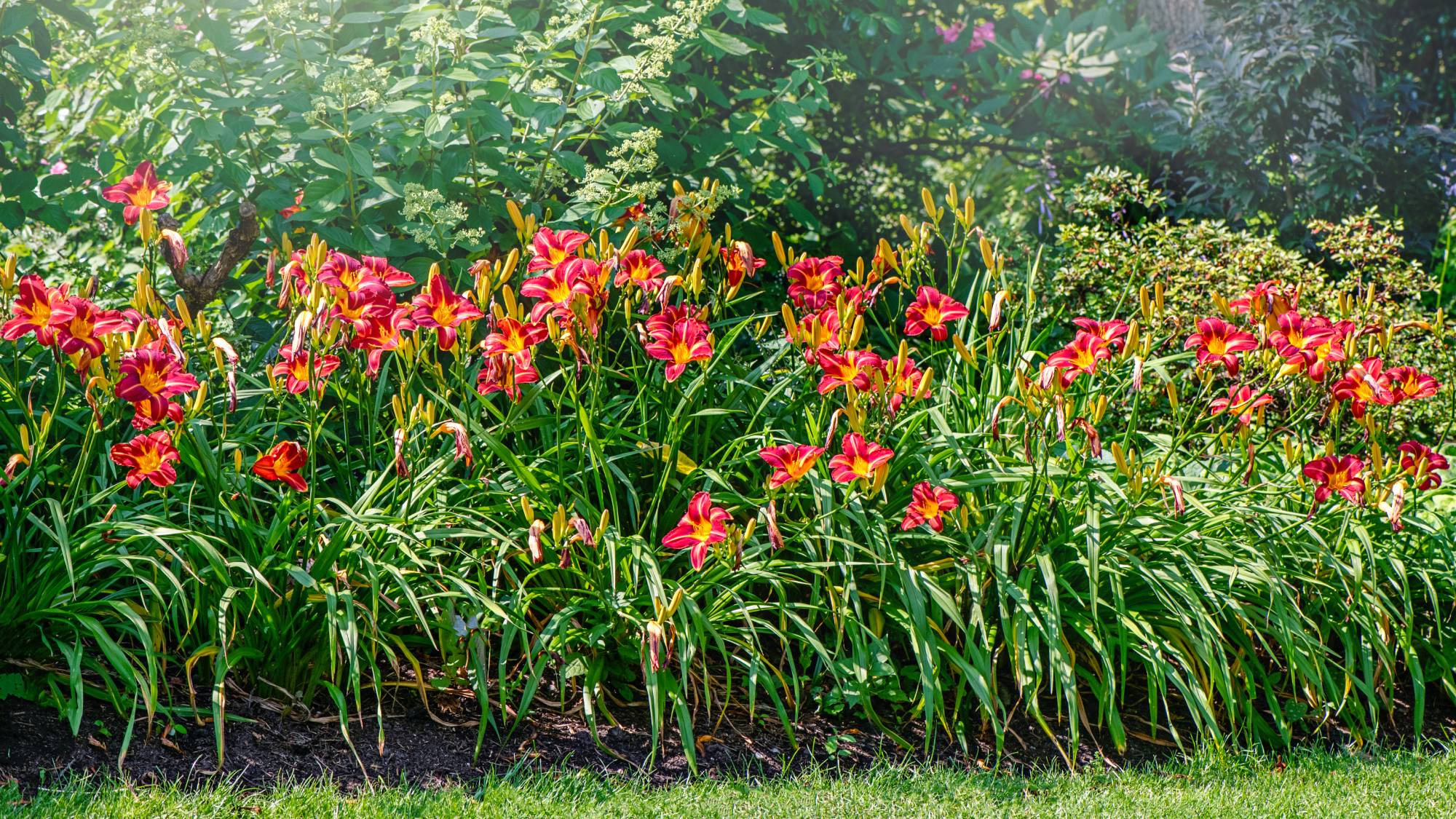

Knowing when to cut back daylilies is key. These tough plants aren’t particular at all, but pruning daylilies at the right moment keeps them from looking untidy and sets them up for some nice, strong blooms.
Daylilies thrive with a little love, and a proper snip keeps them tough. Learning the ropes of daylily care will help you grow strong plants, but mastering how to trim carries them through winter’s chill. Not only that, but pruning fends off bugs and rot, keeping your garden crisp year-round.
Aside from pruning, clearing away debris, and learning about the common mistakes preps your daylilies for a big comeback, also. You might wonder if you can just leave the plants alone, but that really depends on your USDA Hardiness Zone and climate.
Why It’s Important to Cut Back Daylilies
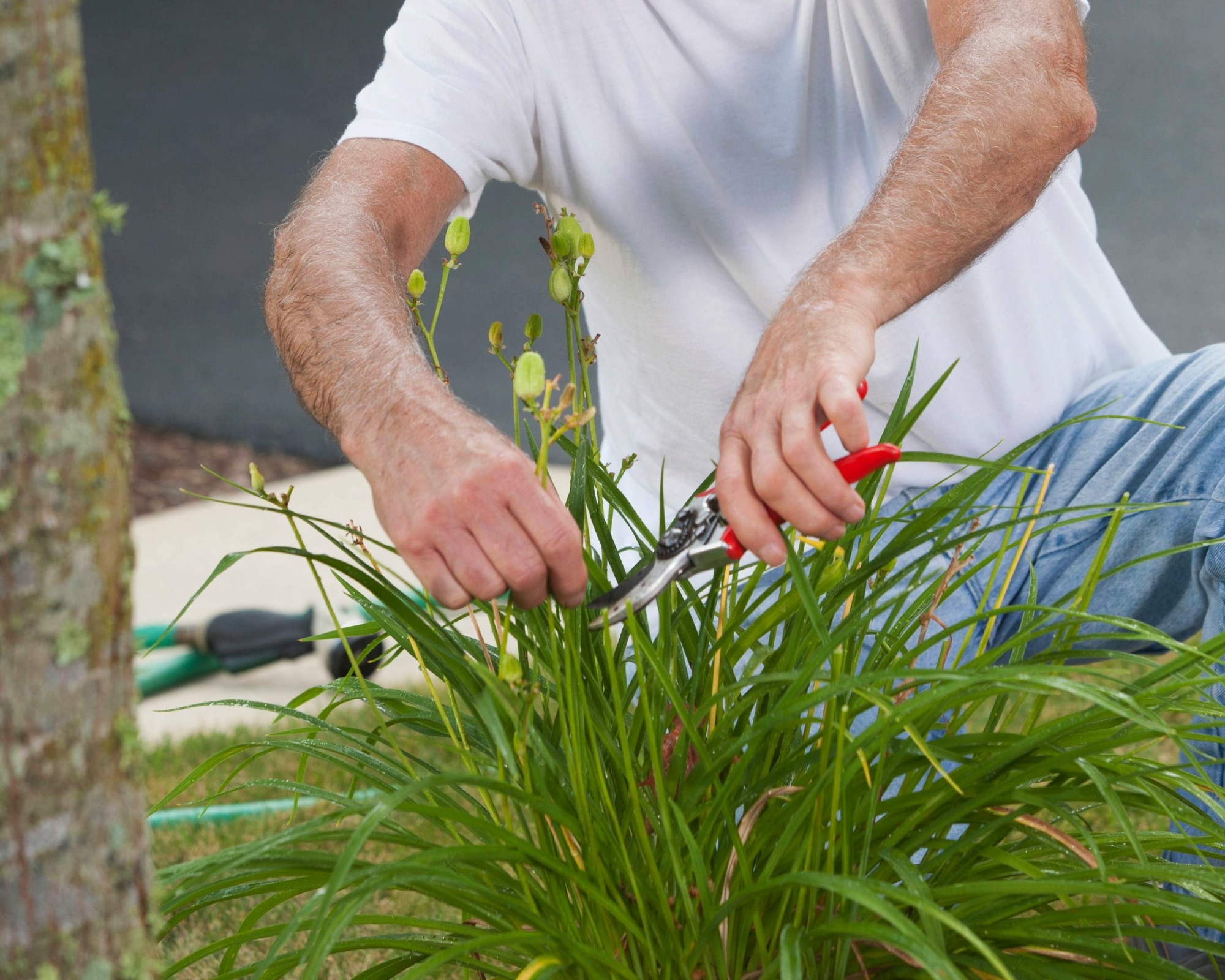
Cutting back dead blooms and foliage leaves your garden neat, and helps you to keep your plants healthy. Come late summer, their leaves often turn yellow or brown, which has them looking worn out after pumping out flowers. Snipping off this tired foliage stops pests like slugs or creatures from setting up camp in the mess. That can hurt your plants over winter.
Pruning daylilies also cuts down on diseases like leaf streak or fungal troubles that hide in dead leaves. It makes room for fresh growth in spring, letting plants pour energy into strong roots instead of holding up limp foliage. Plus, a neat bed just looks better through the cold months.
A few clever snips can perk up some daylilies to bloom again. Chopping those tired flower stalks tells the plant to pour its energy into new buds, especially for rebloomers like Stella d’Oro daylilies.
When to Cut Back Daylilies
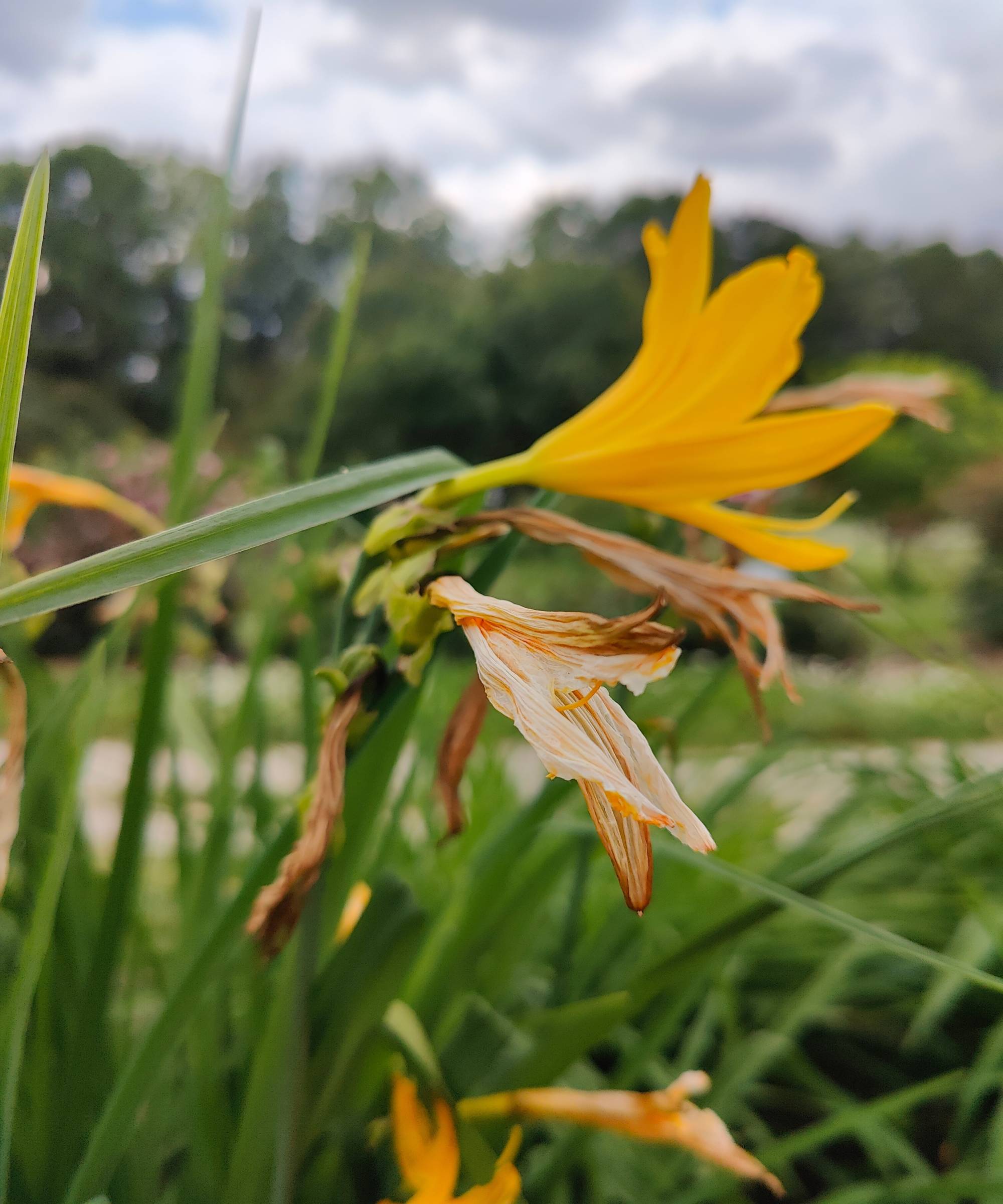
This is going to be dependent on your season and weather, really. The sweet spot, though, is after the first frost or when leaves go yellow. This would be usually mid to late fall, around September or October for most, so keep an eye on your plants to catch the right time.
Sign up for the Gardening Know How newsletter today and receive a free copy of our e-book "How to Grow Delicious Tomatoes".
Check for browning leaves or stalks that are done flowering. In cold areas, below USDA Zone 5, waiting too long means frost can freeze the ground, making cleanup a pain. Warmer spots might let you trim into November if leaves stay green. Timing’s everything. Cut too soon, and you steal energy from the plant. Wait too long, and debris brings trouble.
If your daylilies look frazzled by late summer, then you might give them just a light trim a few weeks after their blooms fade. This can nudge out just a little more fresh greenery before winter sets in, but only try it in milder spots where plants seem worn out.
How to Cut Back Correctly

Start pruning daylilies with a good pair of garden pruners, like these Fiskars bypass pruning shears which can be found on Amazon. Tackle those spent flower stalks first. Clip them down low to about an inch (2.5 cm) from the crown. Any leaves gone yellow or brown can be tugged off or snipped away clean.
After frost rolls in, take that whole plant down to 2 to 4 inches (5 to 10 cm) above the dirt for a proper fall tidy-up. Keep your pruners wiped down to stop any disease from hopping plant to plant. Rake up the clippings and pitch them into a compost heap, but you will really want to check for mold or unwanted guests, first. A garden rake works wonders for clearing stray bits. I like this nice wide rake from Amazon.
Move slow to avoid scraping the crown. This will be where next year’s growth starts. If you’re dividing clumps, cut leaves back to 6 inches (15 cm) after lifting to make them easier to handle.
Climate Considerations
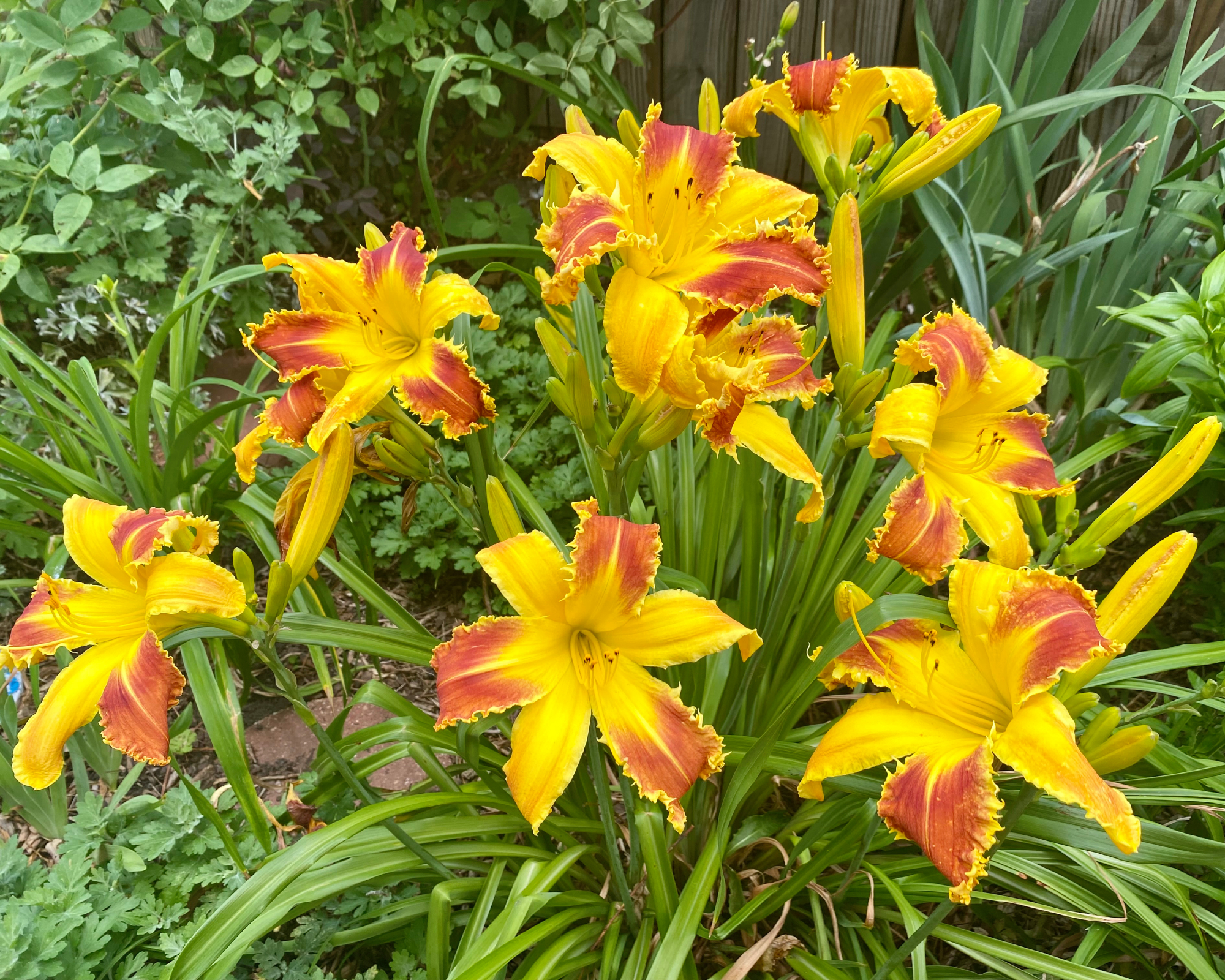
Weather calls the shots when pruning daylilies. In chilly zones, 4 or lower, where winter drops below 0°F (-18°C), cut back after the first frost to stop bugs from nesting. Some leaves can stay to shield crowns in gentler winters, but sweep them away by early spring before new shoots break through.
In warmer areas, zone 6 and up, where winter stays above 20°F (-7°C), you can hold off trimming until late fall or even December if leaves keep their green. Evergreen daylilies don’t always need a big trim, but pull off dead bits to keep things neat. Spread a thin mulch layer to guard roots if cold weather looms.
Wet climates mean you should clear debris fast to avoid moldy troubles. Dry spots let you take it slower, but don’t let leaves stack up. Check your area’s frost dates to pick the perfect moment for your cuts.
Mistakes to Avoid
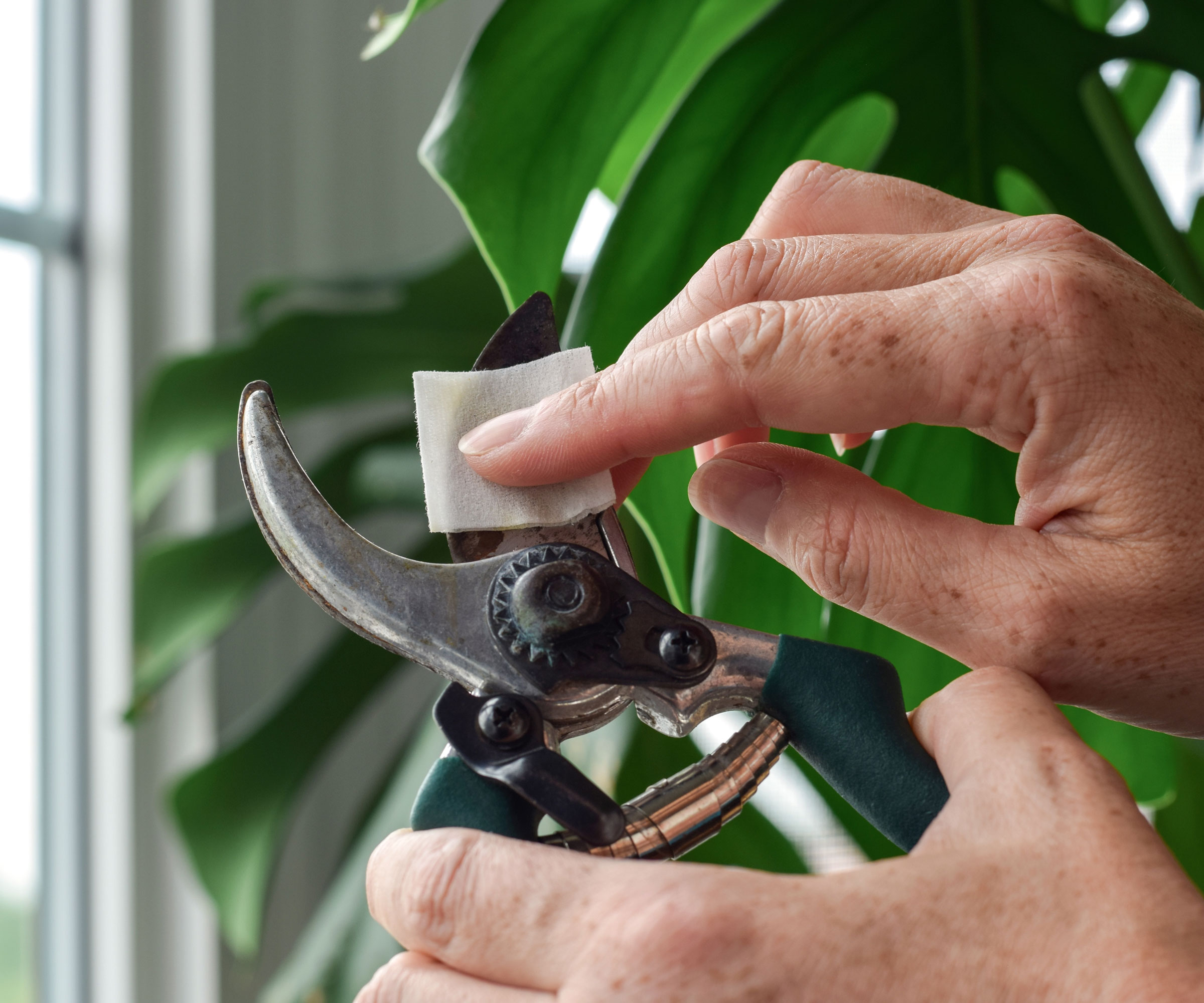
Don’t chop too early in summer while leaves are green. They’re still soaking up energy for next year’s blooms. Clipping too low, under 2 inches (5 cm), risks hurting the spots where new growth pops.
Leaving debris scattered in the garden is a bad call, as it can hide pests or rot that spreads to healthy plants. Forgetting to sterilize your pruners is another slip up, since grimy tools can carry fungi, bacteria, and viruses.
Don’t toss moldy daylily leaves in the compost either. You’ll need to bag them up and throw them in the trash. You wouldn’t want to contaminate the whole bin.
Pruning Essentials
- Consider a sharp pair of shears like the ever-popular Fiskars ⅝” Bypass Pruner from Amazon.
- Protect your hands from thorns with a pair of puncture-resistant gardening gloves from Amazon.
- Collect garden scraps and compostables in a lawn garden bag from Amazon.
Cutting back daylilies will help your plants thrive and look even better next year. Follow these tips and you will thank yourself next spring!
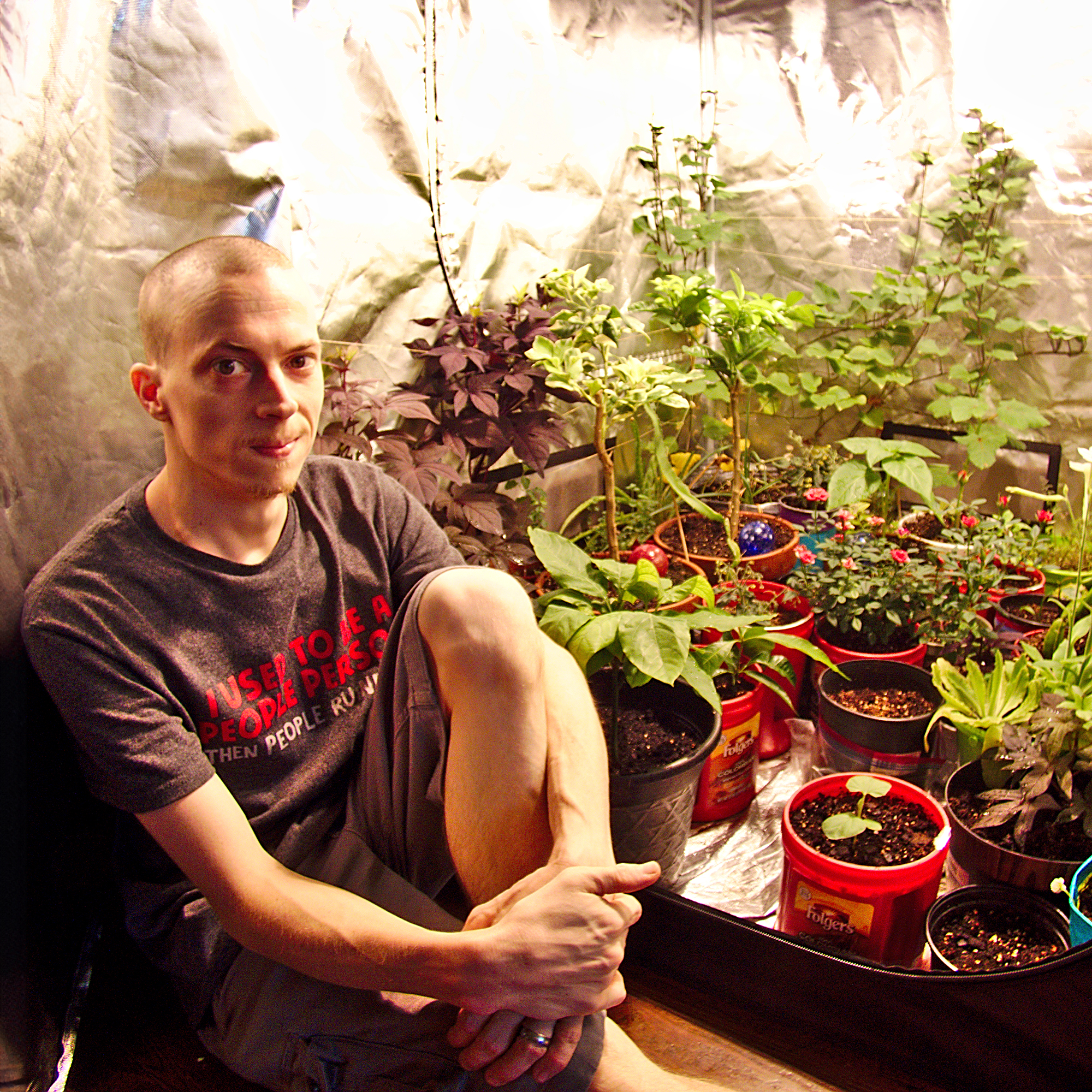
Tyler’s passion began with indoor gardening and deepened as he studied plant-fungi interactions in controlled settings. With a microbiology background focused on fungi, he’s spent over a decade solving tough and intricate gardening problems. After spinal injuries and brain surgery, Tyler’s approach to gardening changed. It became less about the hobby and more about recovery and adapting to physical limits. His growing success shows that disability doesn’t have to stop you from your goals.